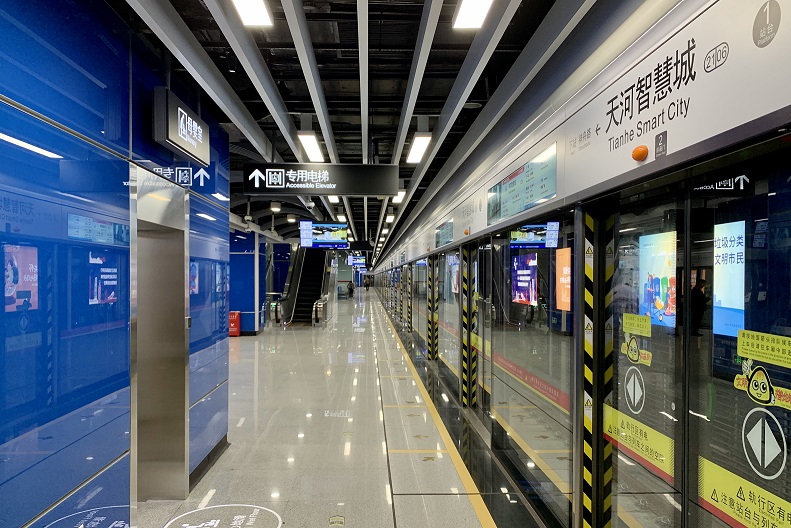This post is also available in:
 עברית (Hebrew)
עברית (Hebrew)
Does smart city technology depend on the 5G communication revolution? A new survey reveals the current widespread support and growing demand among rail users for investment in 5G networks to enable smart city services that help them stay safe and connected.
According to the report by BAI Communications, real-time service information, personalized updates, reduced commuting times, improved safety in public spaces and access to reliable wireless networks are drivers of increased rail use. Advanced mobile networks and smart technology will be critical factors in restoring commuter confidence in public transport use in the post-pandemic world. The survey respondents believe 5G has the potential to improve the commuting experience from both a user and transport service perspective.
Another survey of more than 100 smart city experts, by Fotech, points out that smart cities should be taking advantage of more of existing technologies and infrastructure. Autonomous vehicles, facial recognition cameras, smart streetlights, sensors, etc. are all available, and smart cities should be using more of the existing technologies, rather than waiting for the roll-out of new tech like 5G.
Four out of five respondents (80%) claimed to be more likely to invest in a smart city project based on existing infrastructure rather than one requiring the installation of new technology.
Undoubtedly, when 5G arrives, offering speeds up to 100x faster than our current 4G, the journey to realizing smart city potential will be massively accelerated. Offering faster connections, better reliability, and greater capacity, 5G will connect infrastructure, devices, and people with more efficiency. It will serve as the backbone technology to new high-bandwidth, low-latency applications, supporting things like vehicle-to-everything (V2X) technology, and personalized services that leverage real-time data.
According to Fortech, the findings “highlight the need for more practical approaches to creating smart city systems – using innovation to extract more value from infrastructure that has already been expensively installed.”
Capitalizing on existing infrastructure – such as fiber optic networks and 4G technology for example – could have huge benefits for cities around the world and significantly shorten the ‘time to value’ for smart city projects.
In any event, the most successful initiatives put people first, not technology, according to techhq.com. The concept is really about making the existing environment work better for its citizens, making cities more sustainable, and improving residents’ quality of life — that means that if the technology works for Copenhagen, it won’t, by default, work for Rio de Janeiro.


























